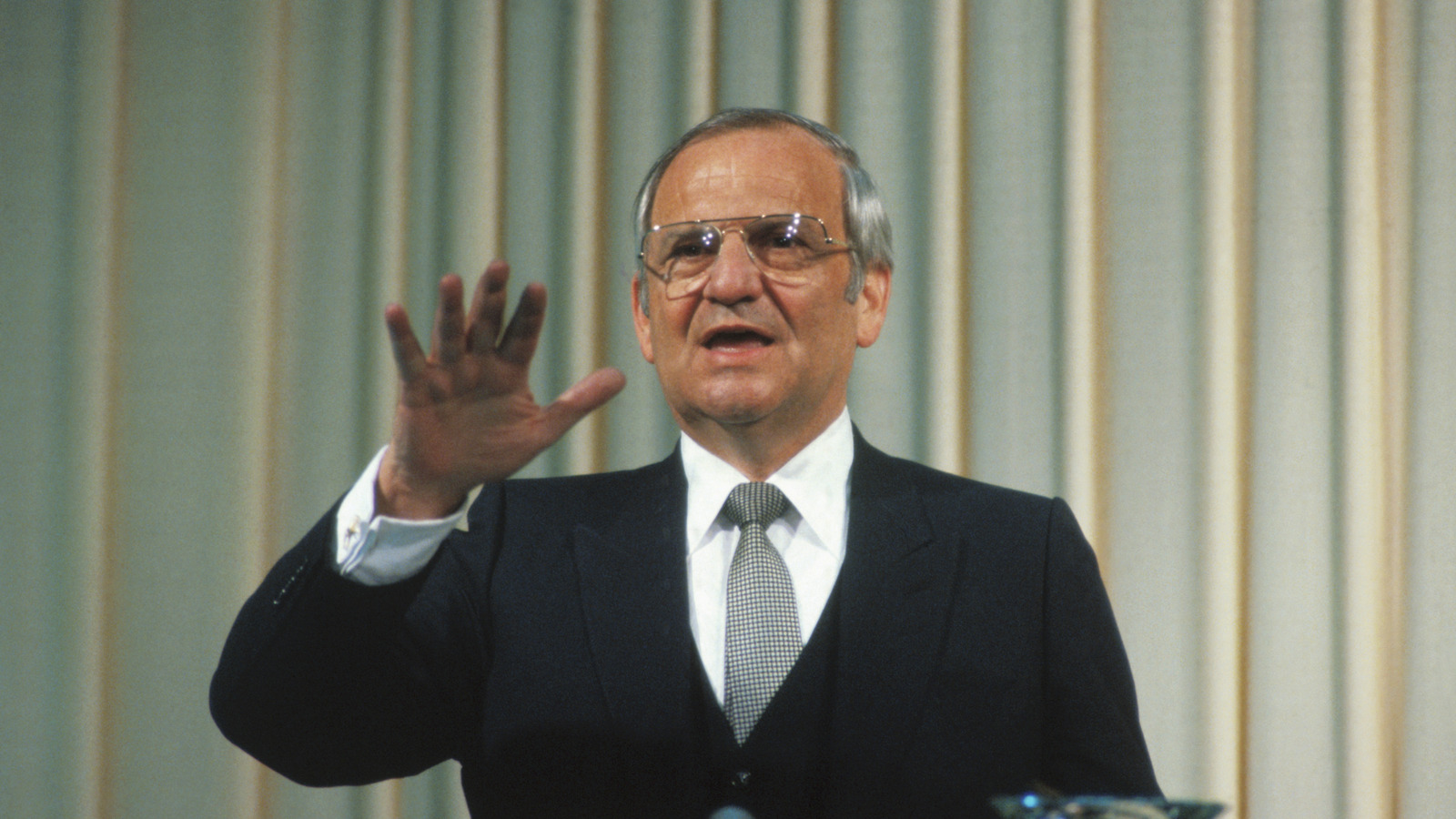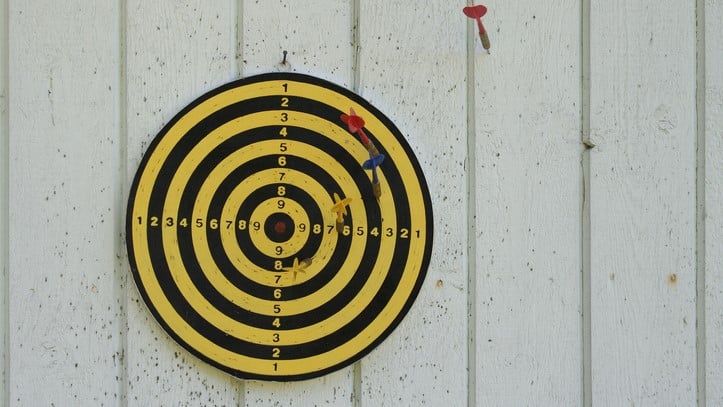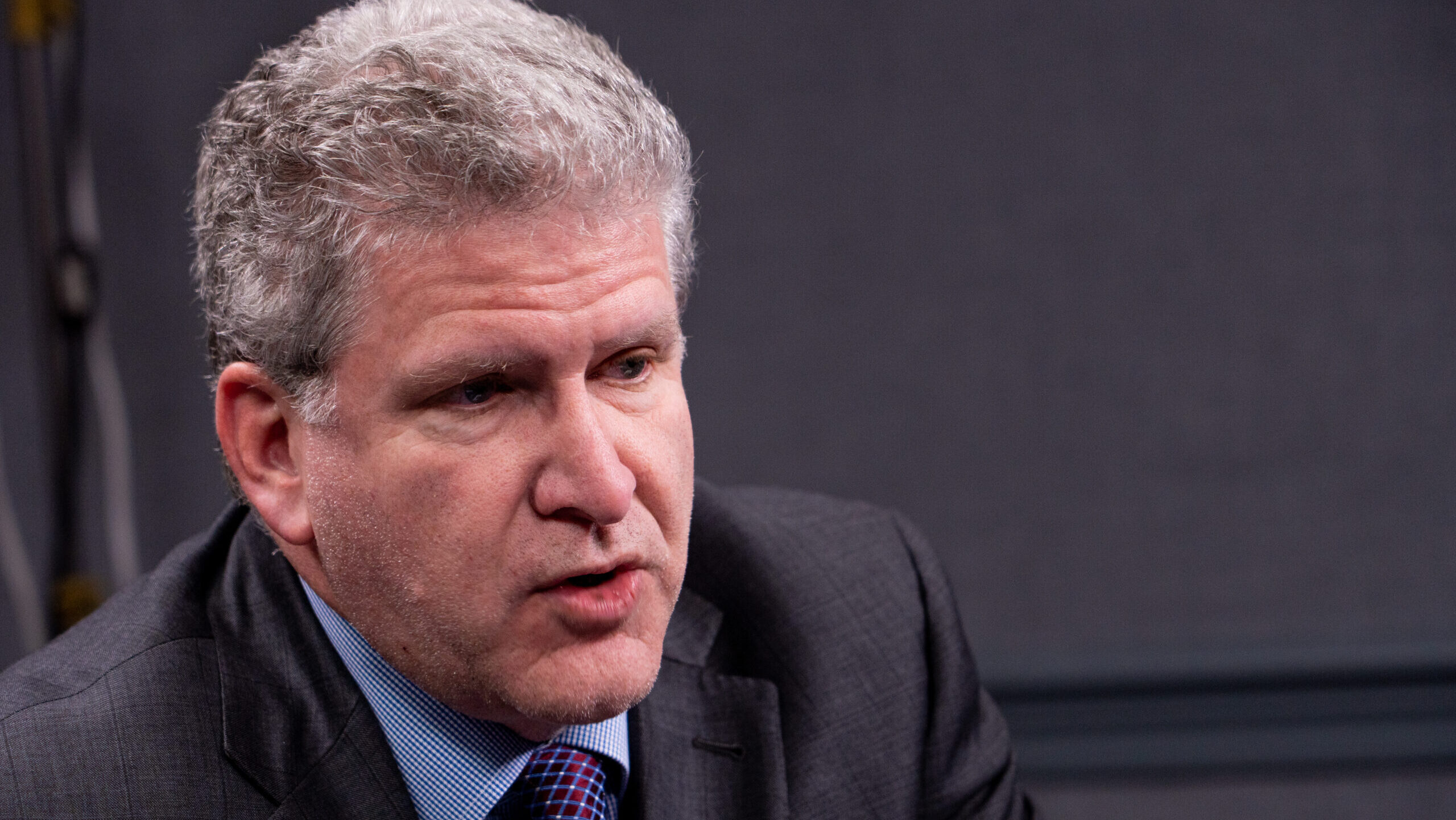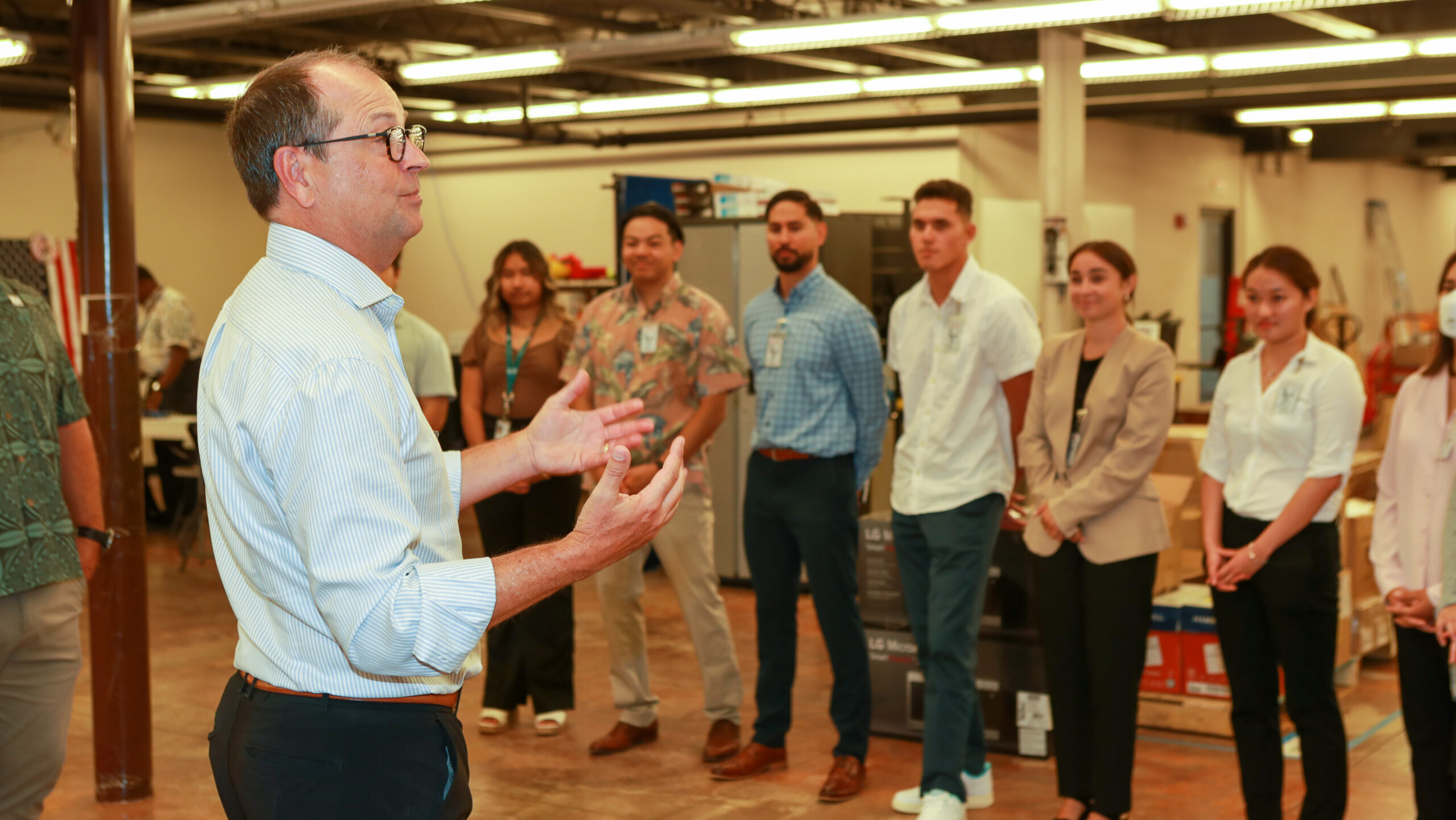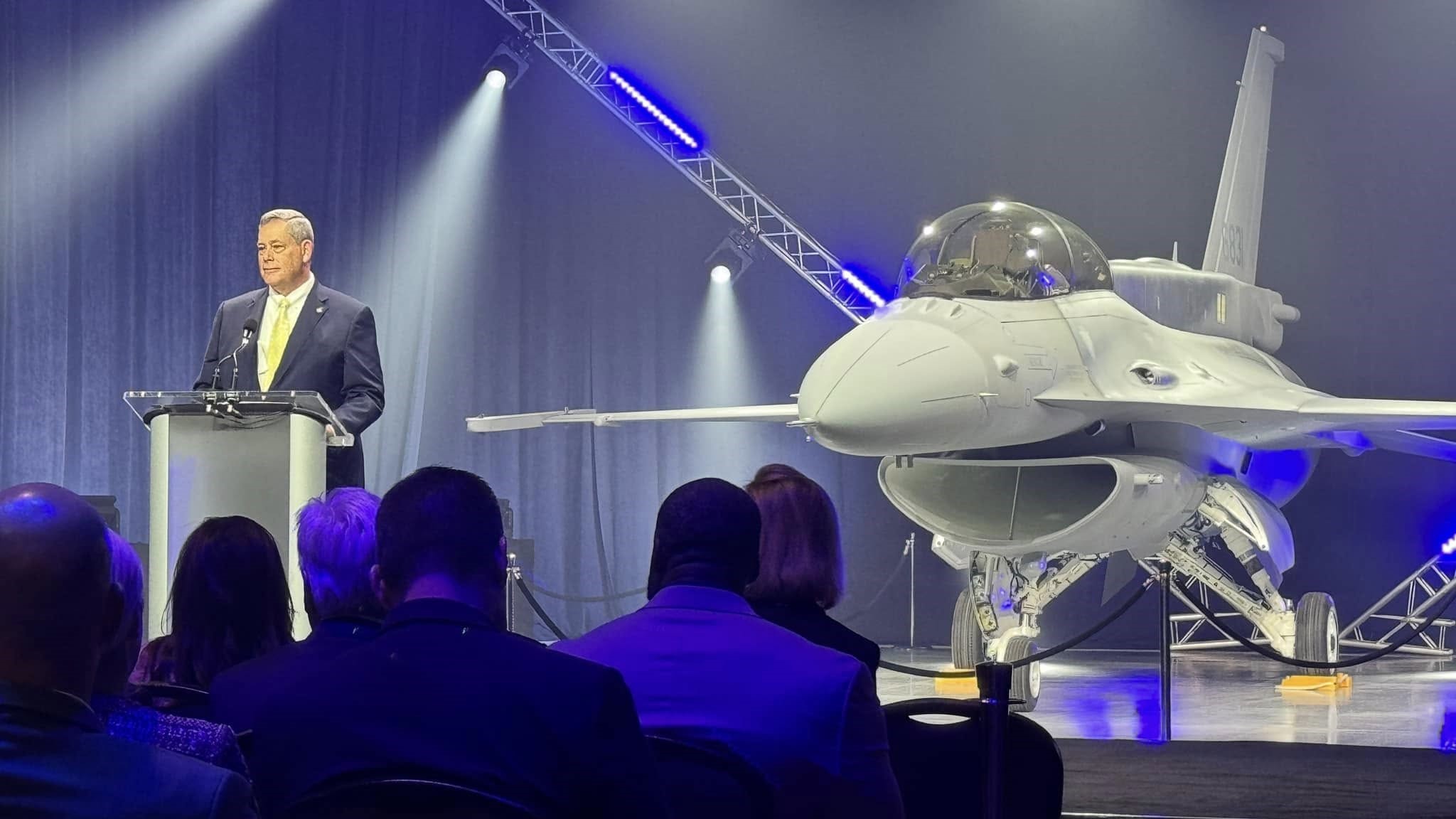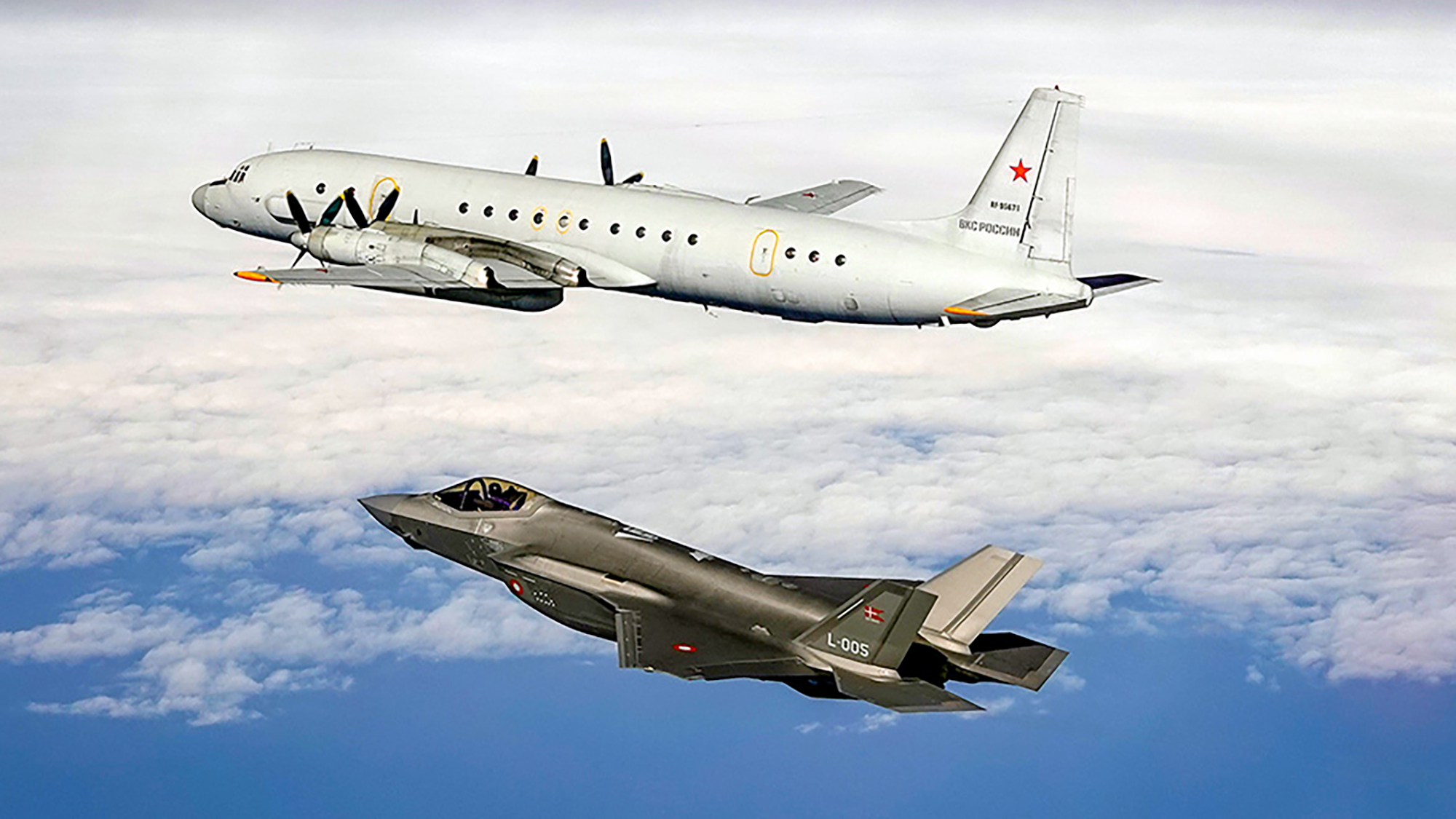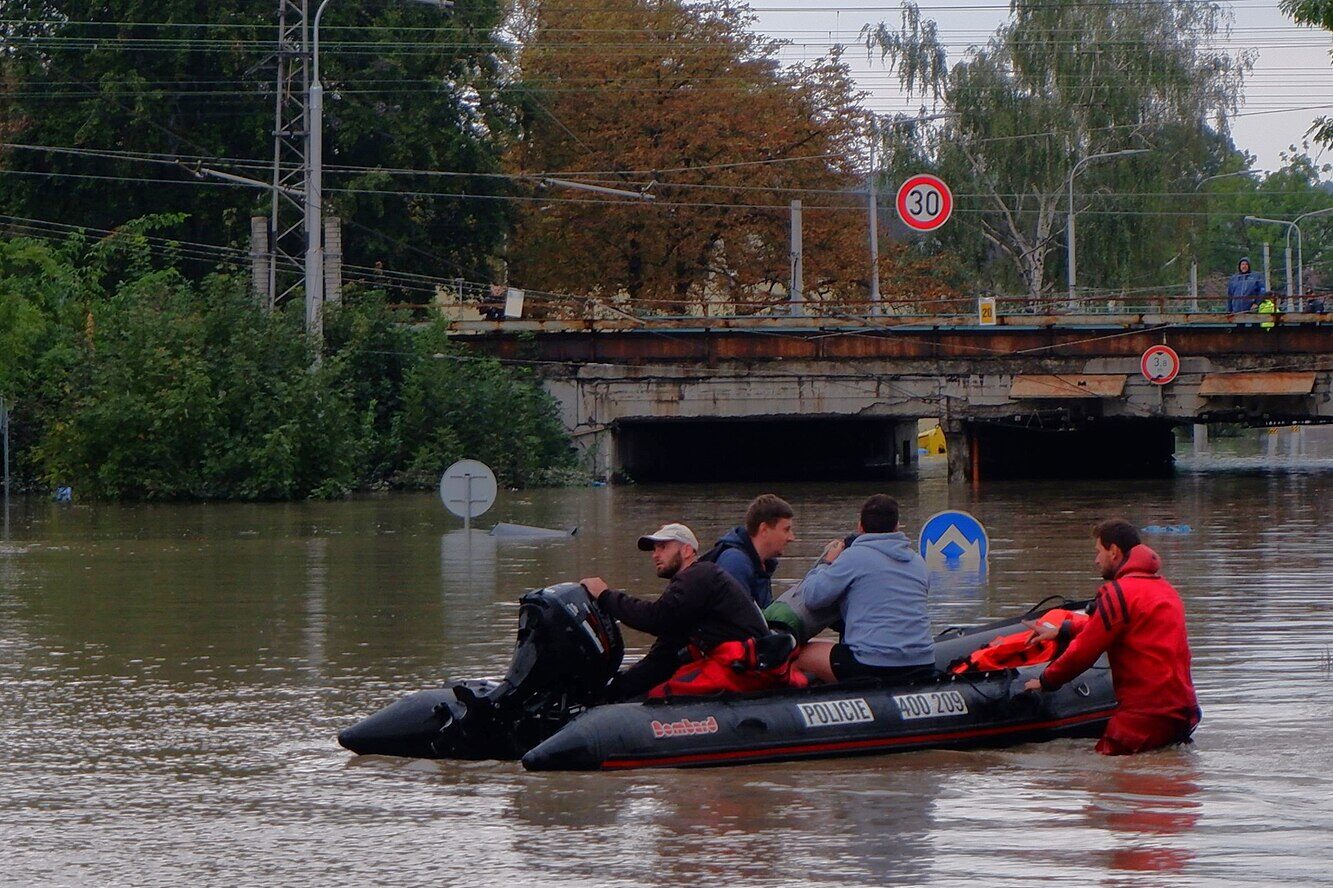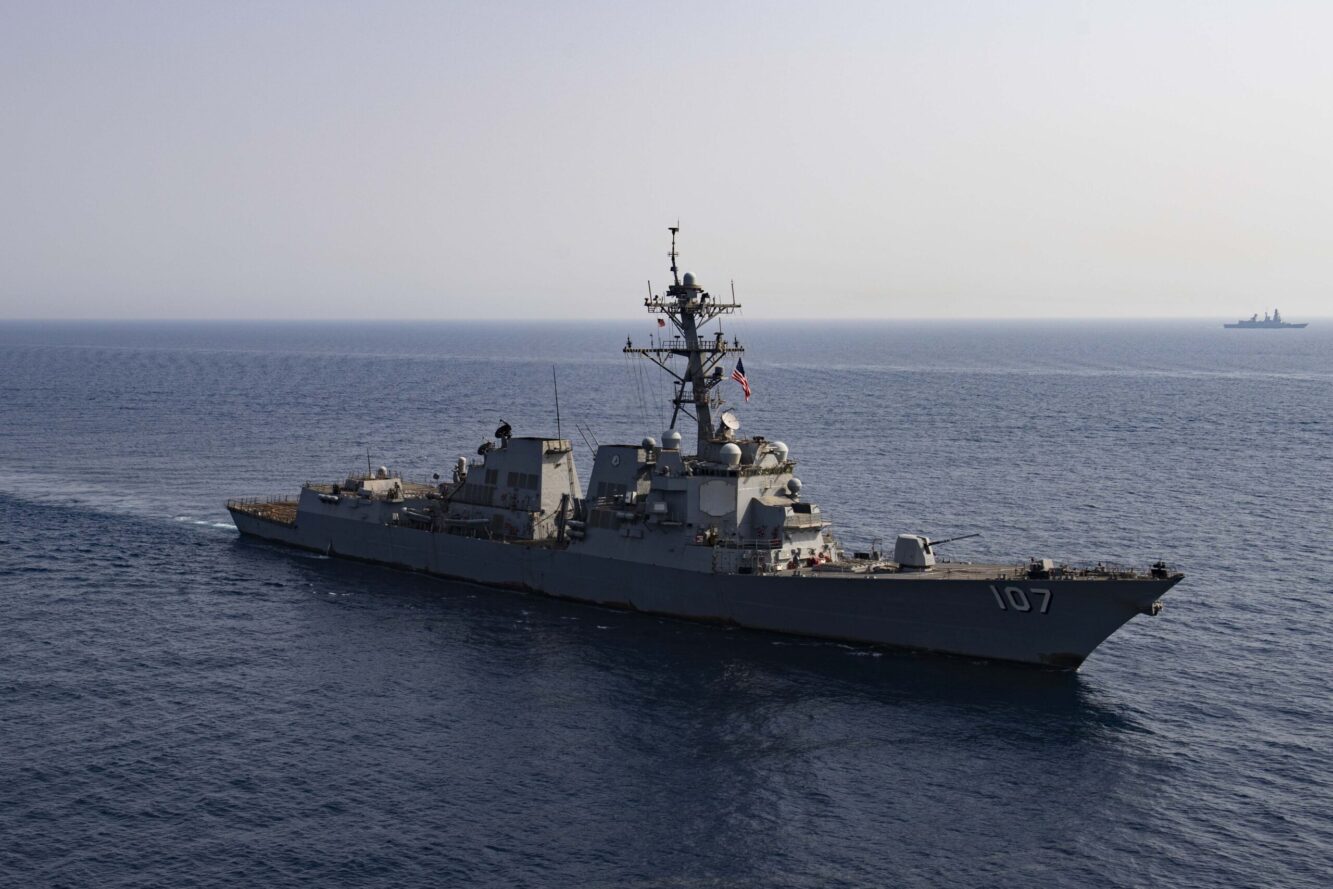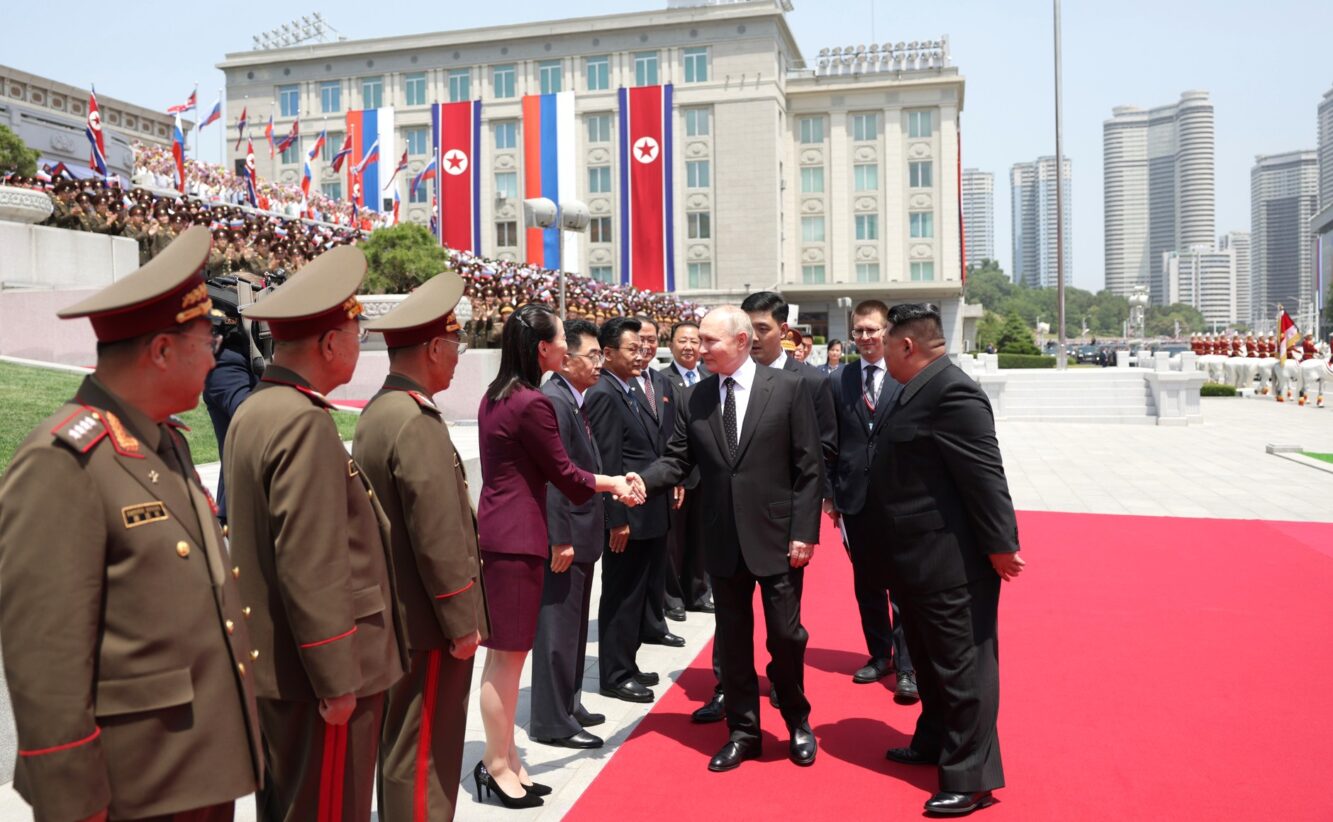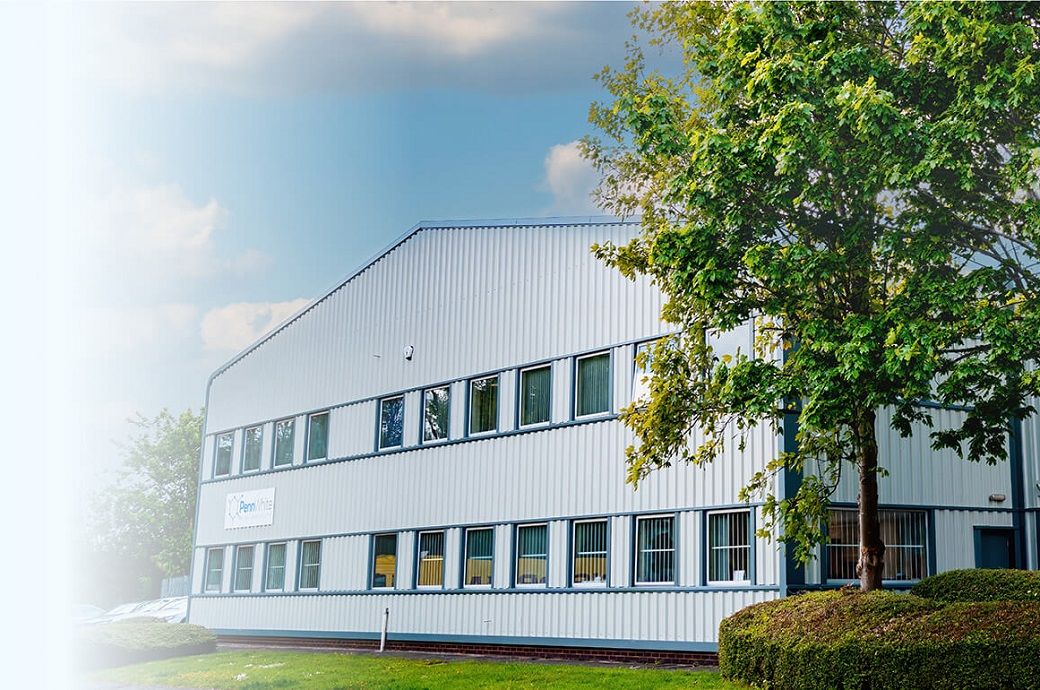Add special operators to the Joint Simulation Environment
The X-Men have the right idea: training needs to include the whole team.

The U.S. military’s air-combat warriors may lack mutant superpowers, but they have their own hyper-realistic training setup: the Joint Simulation Environment. As the joint Navy-Air Force program expands beyond fighter jets, it should include some ground-based superheroes as well: the tactical air control party, pararescue jumpers, and special tactics teams of Air Force Special Warfare.
Since 2023, JSE installations have offered high-fidelity simulations of friendly and adversary air and surface entities interacting in dense, high-threat scenarios. Touted as the “digital range for the high end fight,” JSE offers an unmatched, government-owned, physics-based synthetic environment for operational testing, tactics development, and advanced training. Each of the roughly $30-million facilities—one apiece at Naval Air Station Patuxent River, Edwards and Nellis Air Force Bases, and soon, NAS Fallon—houses domed simulators with 4K projectors, realistic cockpits, weapons flyout models, and actual aircraft-operational flight-program software. (There’s even a shipboard version aboard the aircraft carrier Abraham Lincoln.) With simulated weather, electromagnetic spectrum, and validated adversary threat models, training does not get much better for Airmen, whose live-fly options are perennially limited by geography, safety, cost, and other concerns.
It is the Air Force’s stated goal to expand JSE to all current and future aircraft—but the service should think even bigger.
In 2018, the ground operators dubbed Battlefield Airmen were renamed Air Force Special Warfare to reflect their specialized nature and the complex environments they operate in. Today, tactical air control party, special tactics, pararescue, and special reconnaissance operators handle air-ground-space-cyber integration in hostile, denied, and politically sensitive environments to optimize the application of airpower. Enabled by unique access and placement, they can execute a host of missions, including allied multi-domain operations; reconnaissance and surveillance; forward airfield operations; resilient command and control; cyber and electromagnetic activities; personnel and equipment recovery; and delivery of kinetic and non-kinetic joint fires.
These operators’ capabilities are only becoming more important as China and other potential adversaries develop tactics and technology to counter the Air Force’s traditional playbook: large strike packages of fighters, bombers, refuelers, and airborne command and control. If service leaders are serious about regaining the advantage, they must develop new ways of fighting and of fully integrating their force’s capabilities—and that starts with training.
Today’s Air Force special operators train with good, but limited systems. For example, Joint Terminal Attack Controllers and tactical command-and-control operators use localized virtual trainers to supplement live-fly operations with real aircraft. The Joint Terminal Control Training and Rehearsal System and Joint Theater Air-Ground Simulation System simulators are great for learning the procedures of joint fires and air-ground operations, but they cannot present the dense threats and signal-interfered environments of today and tomorrow. Nor do they facilitate exposure to the full range of possible contributions (e.g., special access programs) to a friendly kill chain. These shortfalls are mostly due to security-classification limitations in the systems’ architectures, which results in less integration and near-zero employment of advanced capabilities. No less than air crew, Air Force Special Warfare need the advanced training enabled by JSE.
Fortunately, Air Force, Navy, and industry leaders are talking about ways to extend the simulation environment to more capabilities, users, and weapons. To be sure, program managers and service leaders will have hard decisions to make about which new systems and capabilities get added to JSE and when.
But the service need not build a new sim or write a line of code to start bringing Air Force Special Warfare into the mix. The newest JSE is slated to come online later this year at Nellis, which is also home to the Weapons School and the Air Force’s best tacticians. Just add real special operators to the JSE exercises to plan, brief, decide, employ effects, assess, and debrief alongside their aviator counterparts. Start the conversations, build the relationships, and chart the path toward full integration.
Even before that technology arrives, we may find that including Special Warfare personnel in JSE training has already begun to unleash novel and irregular ideas that produce new advantages in the air domain. As the X-Men know, putting the whole team in the Danger Room today is the best way to ensure victory tomorrow.
Lt. Col. Justin “JB” Bañez is an active-duty Air Force Tactical Air Control Party Officer, currently serving as a National Defense Fellow in the National Capital Region. Before his fellowship, he served on the Joint Staff overseeing the Department of Defense’s largest Joint Integrated Air and Missile Defense modeling and simulation event series.
The views expressed in this article are those of the author and do not necessarily reflect the official policy or position of the Air Force, the Department of Defense, or the U.S. government. ]]>











